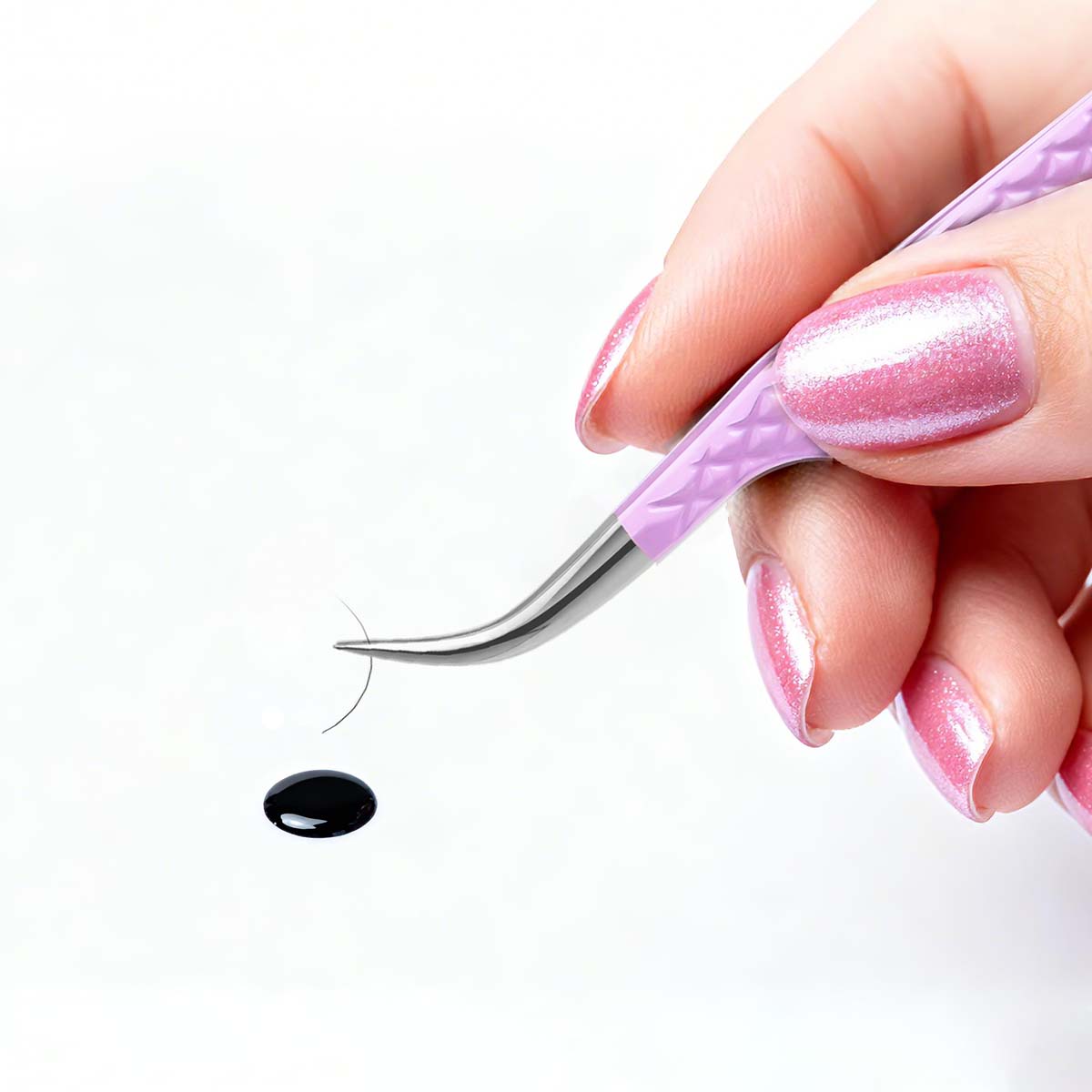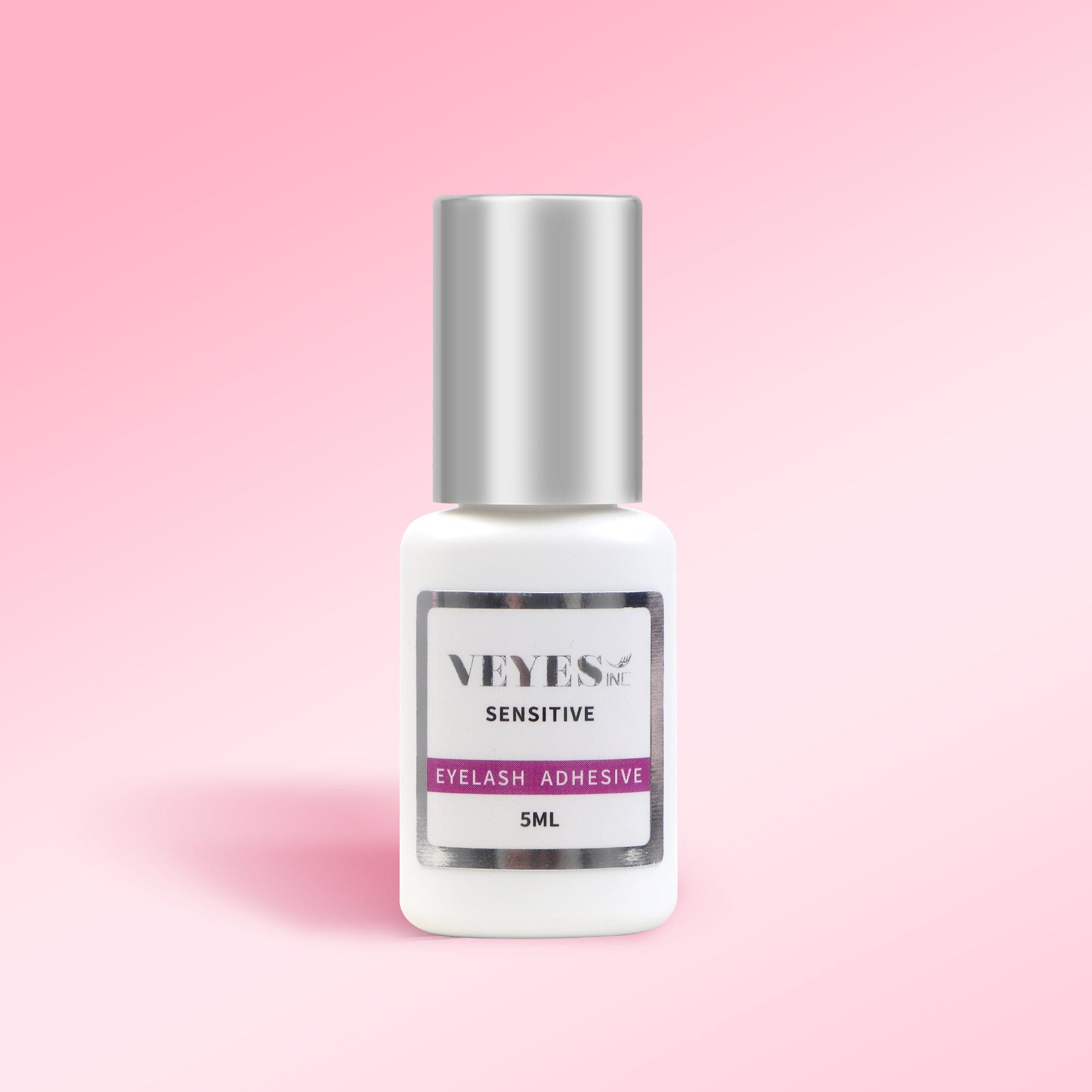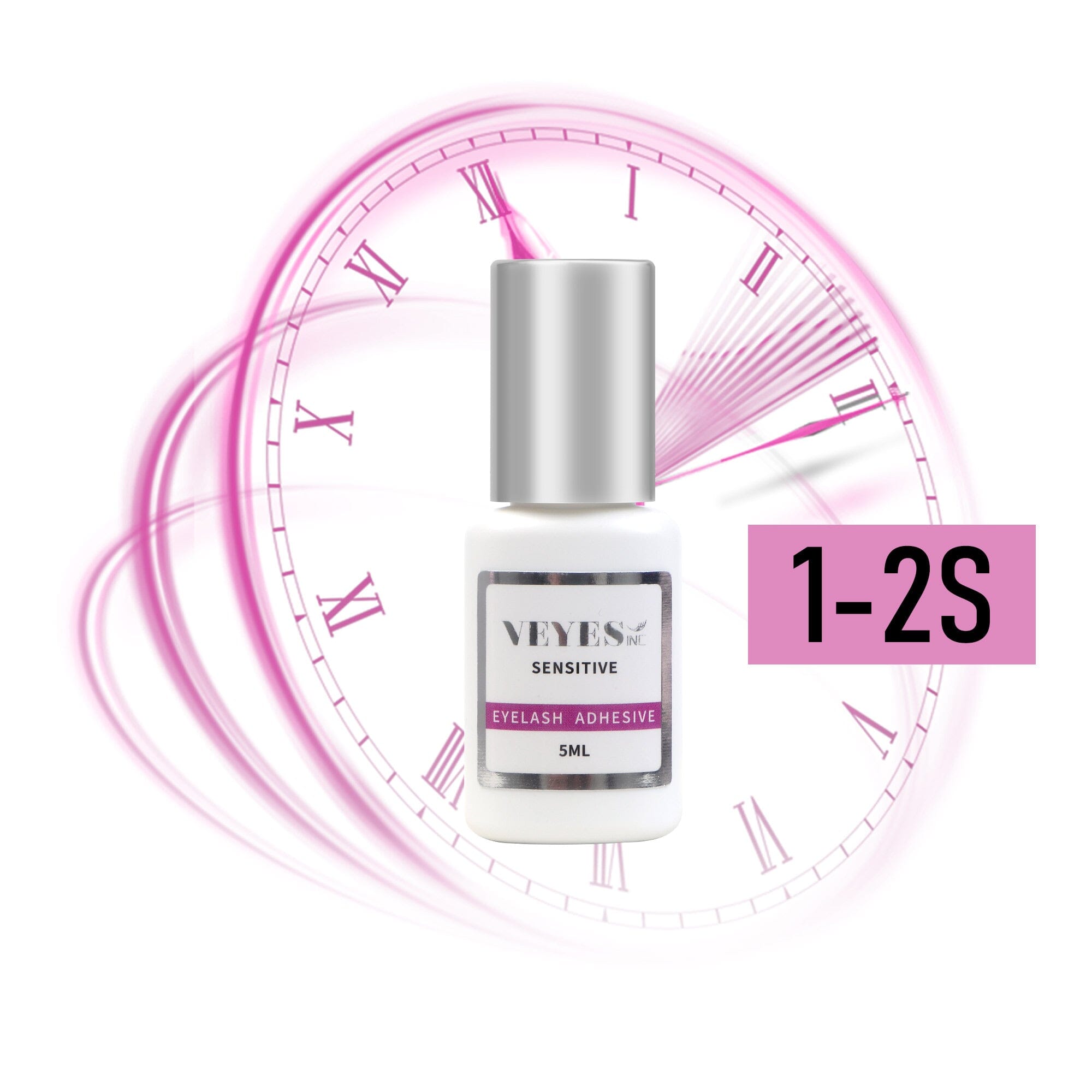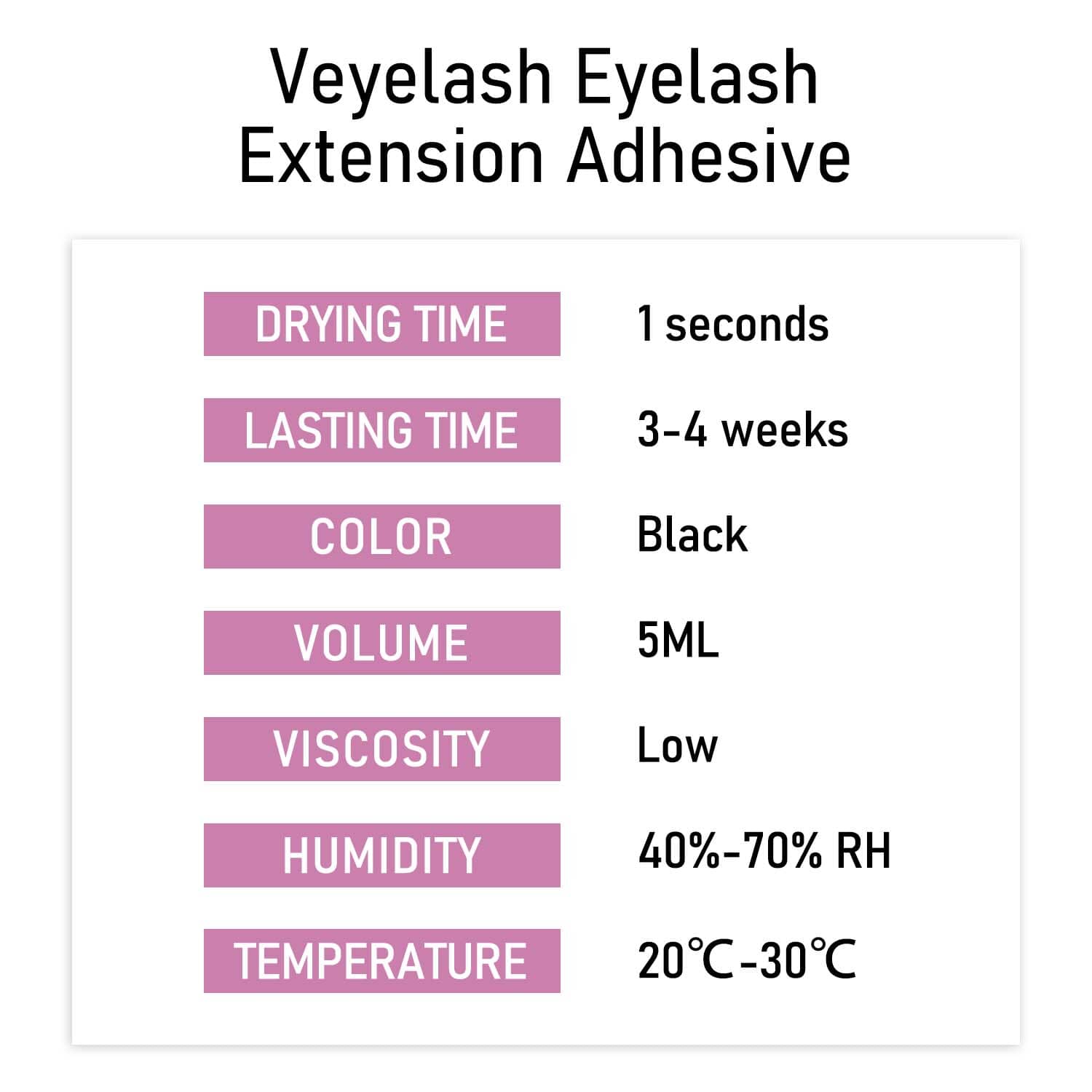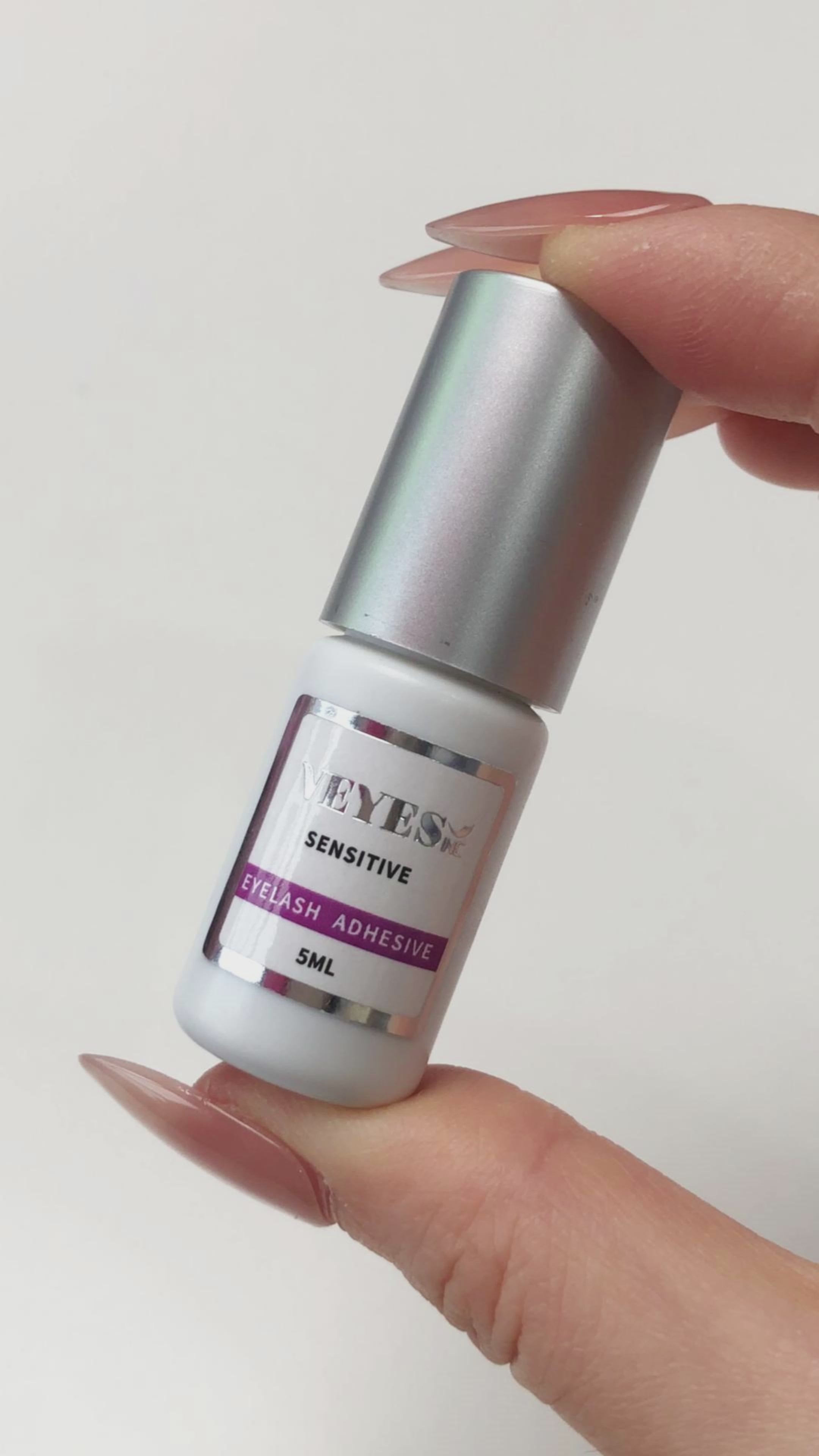
No More Allergy: The Lash Glue Sensitive Clients Can Finally Trust
Learn what really causes lash glue allergies, how to tell irritation from a true reaction, and why switching to a low-sensitivity formula like VEYES Sensitive Glue can help protect sensitive...



